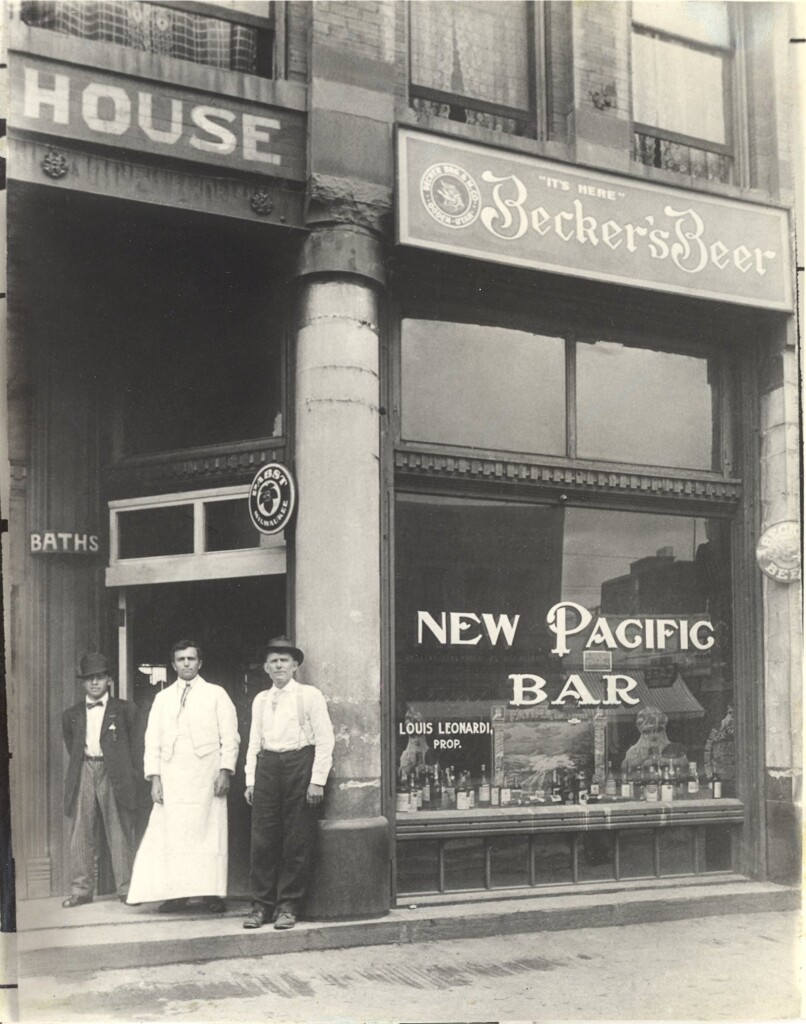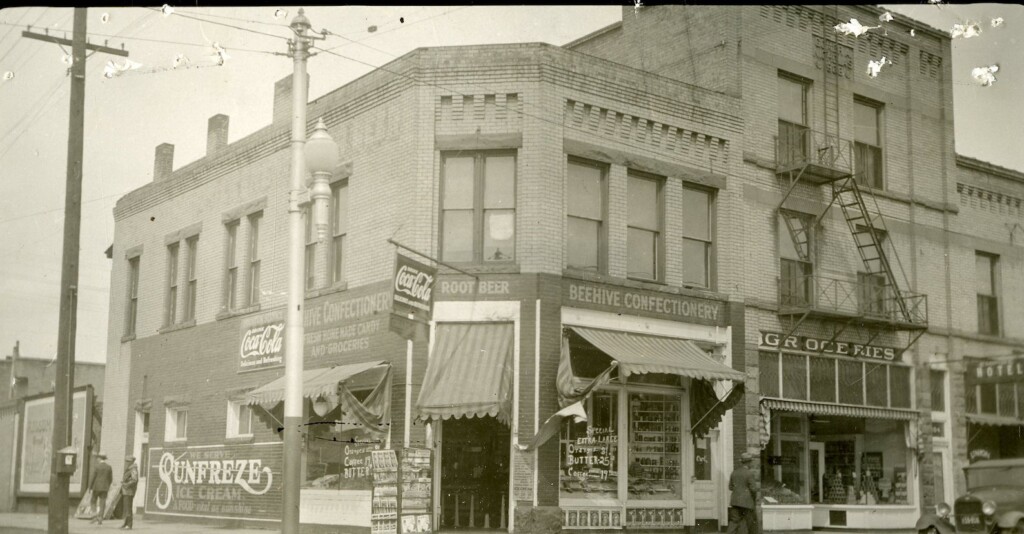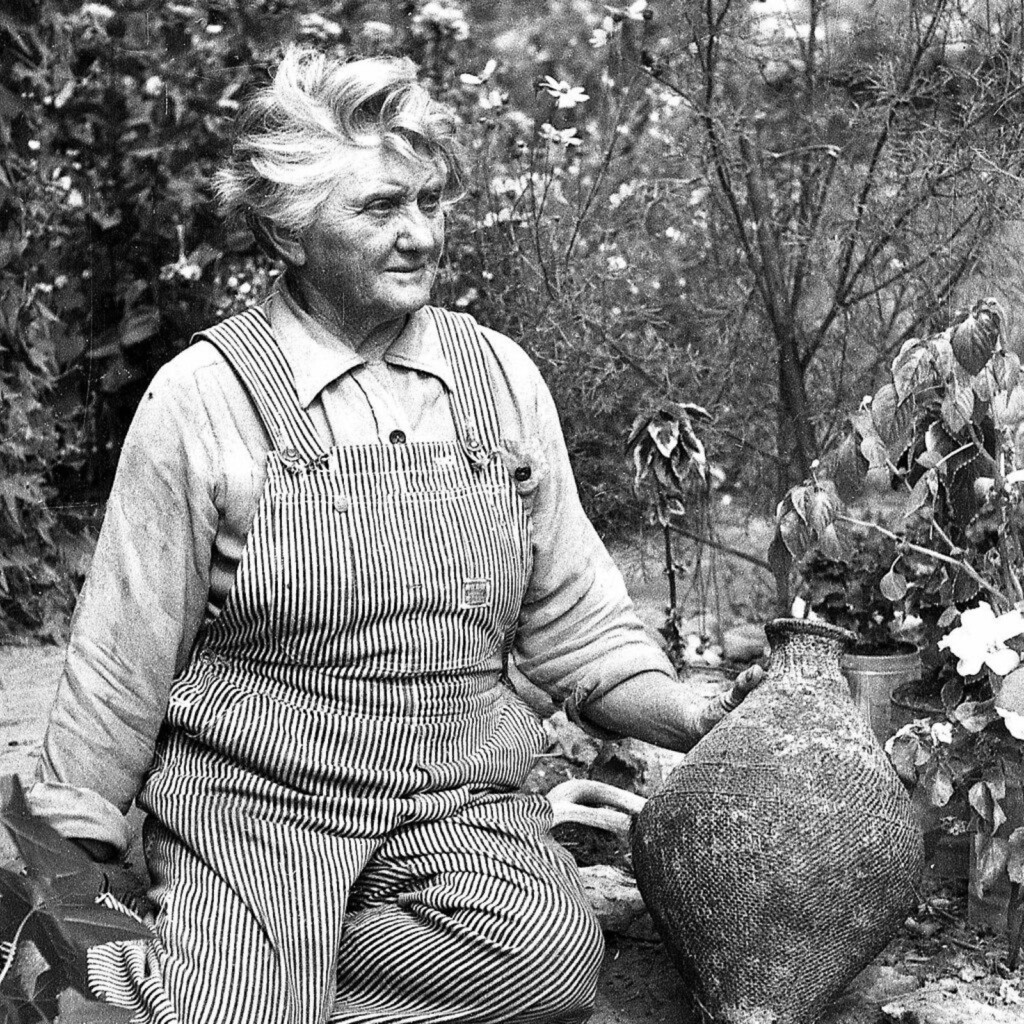While artifacts of the bootlegging and corruption era are still apparent when you visit Ogden today, it has largely shed the crime and challenges of its past.
The Irony of Prohibition
The irony of Prohibition was that it was supposed to curb alcohol consumption, but it did the exact opposite, spurring a surge in criminal activity and methods to sidestep the law.
Just before Prohibition kicked in, the Ogden Standard reported on July 31, 1917 that, “Men drank tonight who never drank before … Women thronged the cafes wherever there was a connecting saloon; and young boys, some of them not more than fifteen years of age, were noted in large numbers staggering the streets.”
As Prohibition tightened its grip on Ogden, the city’s response was anything but submission. Instead, the underground economy grew. Ogden, already a bustling railroad hub, saw illegal speakeasies and bootlegging operations pop up left and right, turning quiet streets into a lively covert nightlife scene. Ogden’s infamous 25th Street, known as “Two-bit Street,” was buzzing with an energy that could rival the nation’s most notorious sin cities.

The Underground Economy
During the 1920s and ’30s, businesses along 25th Street, cleverly disguised as soda shops, dance floors, and restaurants by day, continued their liquor sales secretly. One Italian business owner even built a false wall in his basement to hide a copper still, connected to the plumbing to dispense whiskey at a moment’s notice.
Weber County Sheriff Deputy David F. Steele became a local legend for his uncanny ability to sniff out illegal operations, often driving with his windows down to catch the scent of fermenting grain. Steele often said, “You could smell the operations before you could see them.”
The battle against Prohibition in Ogden wasn’t just about bootleggers and secret operations. The city was also steeped in corruption, with many law enforcement officials torn between upholding the law and the lucrative temptations of the illegal alcohol trade.
In 1933, a significant crackdown revealed the extent of this corruption, leading to the indictment of several key city and county officials. Among those charged were Ogden Mayor Ora Bundy and Chief of Police A.E. Wilfong, who faced more than 1,000 offenses related to the illegal alcohol trade.
Cultural Reflection and Legacy
Ogden has come a long way since its tumultuous Prohibition days. Today, Historic 25th Street is bustling with a mix of restaurants, bars, art galleries, and unique shops. The street hosts popular events like the Ogden Farmers Market, the First Friday Art Stroll and Twilight Concert Series, drawing both locals and tourists.
Recent developments surrounding Historic 25th Street include the WonderBlock project, a major redevelopment initiative aimed at revitalizing the city’s core. The $240 million project is slated to feature residential units, office spaces, retail stores, a grocery store, and a boutique hotel.
From its rebellious Prohibition past to its vibrant present, Ogden’s journey reflects a city that thrives on transformation while honoring its unique history. As it continues to grow and develop, Ogden is unique to the rest of Utah, with a captivating blend of the old and new, inviting anyone to be part of its history and ongoing story.
Feature Image: An Ogden street corner in 1933, near the end of prohibition. Photos courtesy of Visit Ogden.






